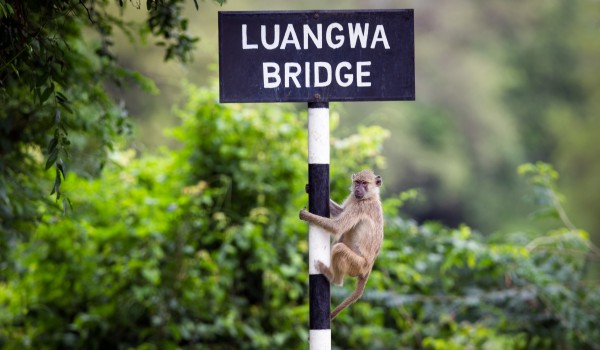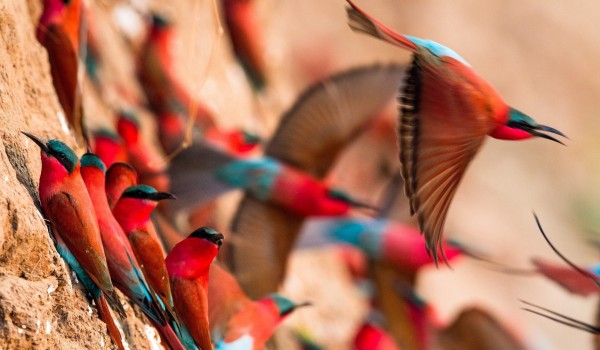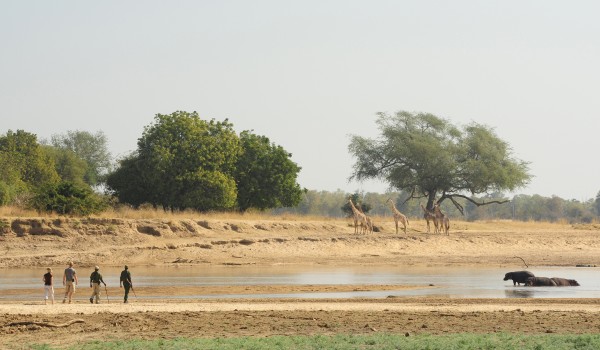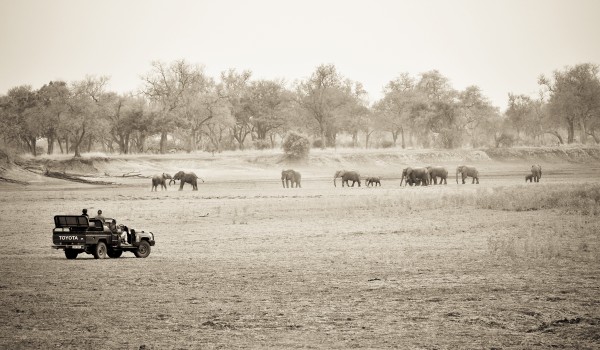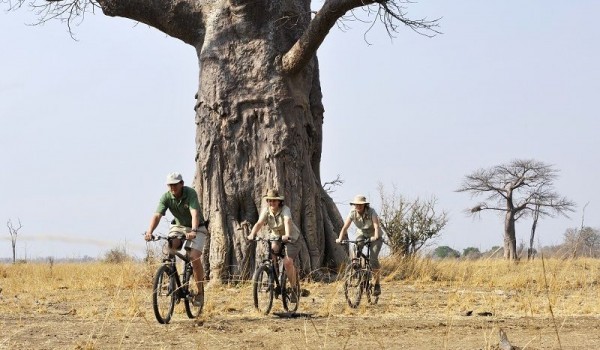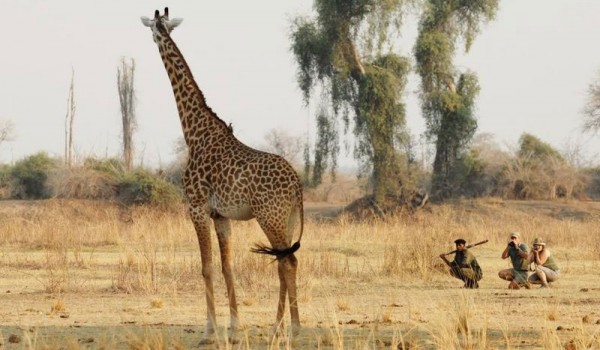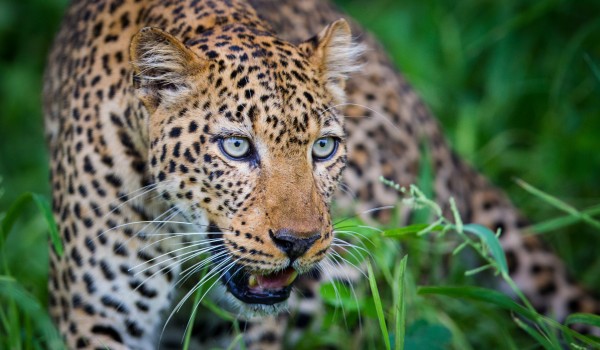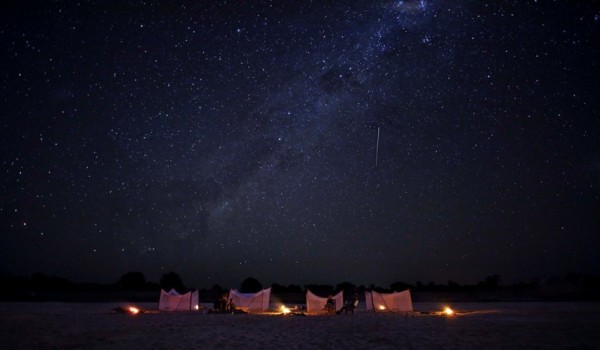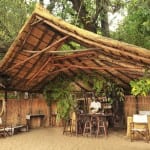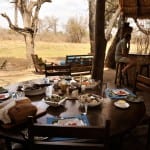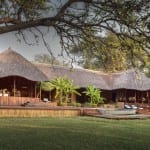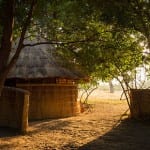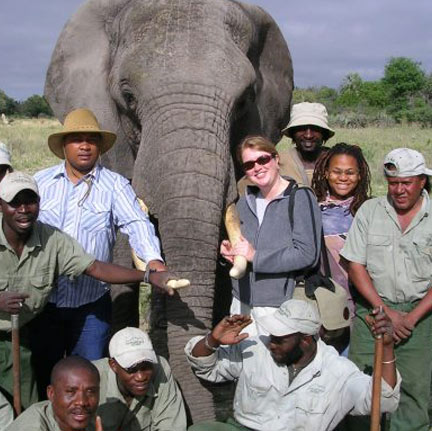Although the area had been gazetted previously, the current South Luangwa National Park was only born in 1972 and covers over 9000 sq km of bush with only the great Luangwa River slowly meandering along its rather sluggish course along the wide valley floor.
South Luangwa National Park
Why visit South Luangwa National Park ?
With the valley arising from ancient volcanic activity, the soils are mineral rich and, combined with the alluvial sediments left by the river, the vegetation has thrived with an interesting diversity of habitats being the result. Stands of giant red mahogany and ebony are seen in the lush riverine vegetation at the confluence of the Luangwa’s tributaries, whilst there are many areas of thick scrubland and large open savannah plains.
With such rich vegetation, the area supports a huge variety of wildlife, including large herds of buffalo and elephant, as well as significant populations of impala, puku, waterbuck, eland and kudu. Thornicroft’s giraffe is an interesting subspecies of the common southern giraffe and the Cookson’s wildebeest is another speciality and a subspecies of the common blue wildebeest. The main predators in the park include lion, leopard and the spotted hyena, whilst the endangered wild dog can quite often be seen here, as can the elusive cheetah. There is also a large variety of resident birdlife with over 400 species recorded including flocks of crowned cranes, colonies of the beautiful carmine bee-eater, as well as African skimmer, egrets and herons.
There are a number of excellent camps within the park, but it is the walking safari that has made this park so famous. Pioneered by the late Norman Carr, walking safaris either under canvas or between bushcamps are one of the most exciting and unusual ways to see the pristine African bush.
LOCATION
ZAMBIA INFO
Visa
A Visa is required for UK passport holders.
Health Requirements
No mandatory vaccinations are required.
Time Difference
GMT + 2 Hours
Flight Time
13hrs Indirect
NEWSLETTER SIGNUP
Keep up-to-date with the latest travel trends, inspiration for future trips and competitions to win luxury travel vouchers.
Subscribe









